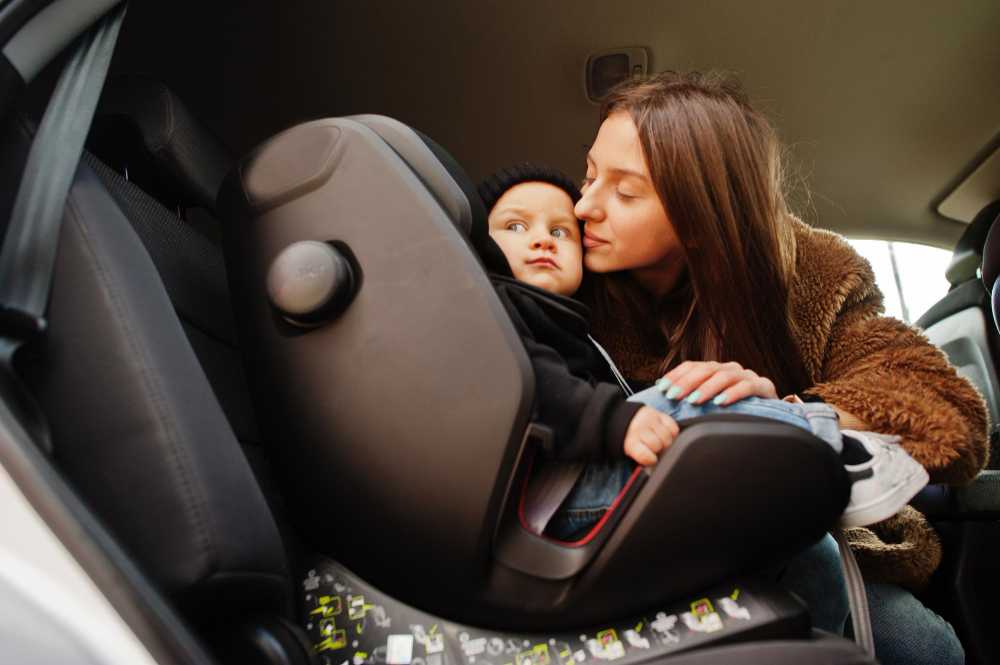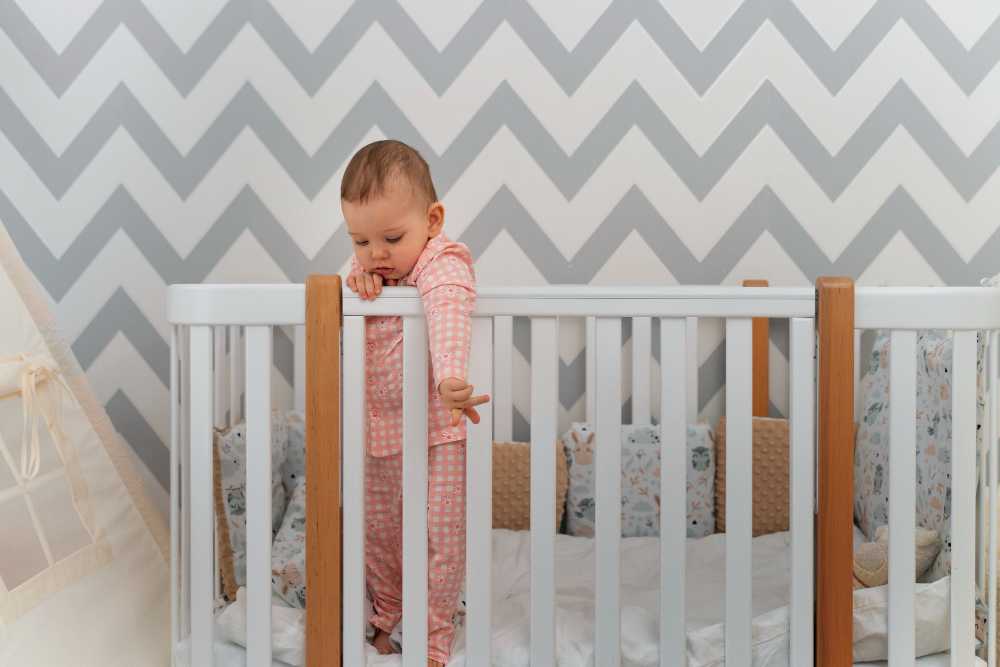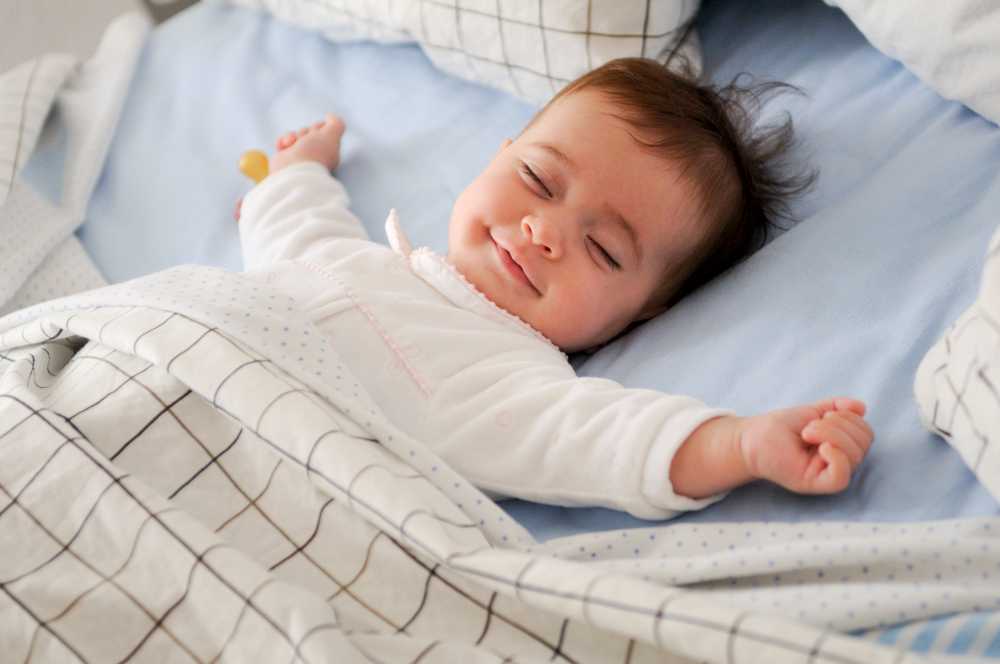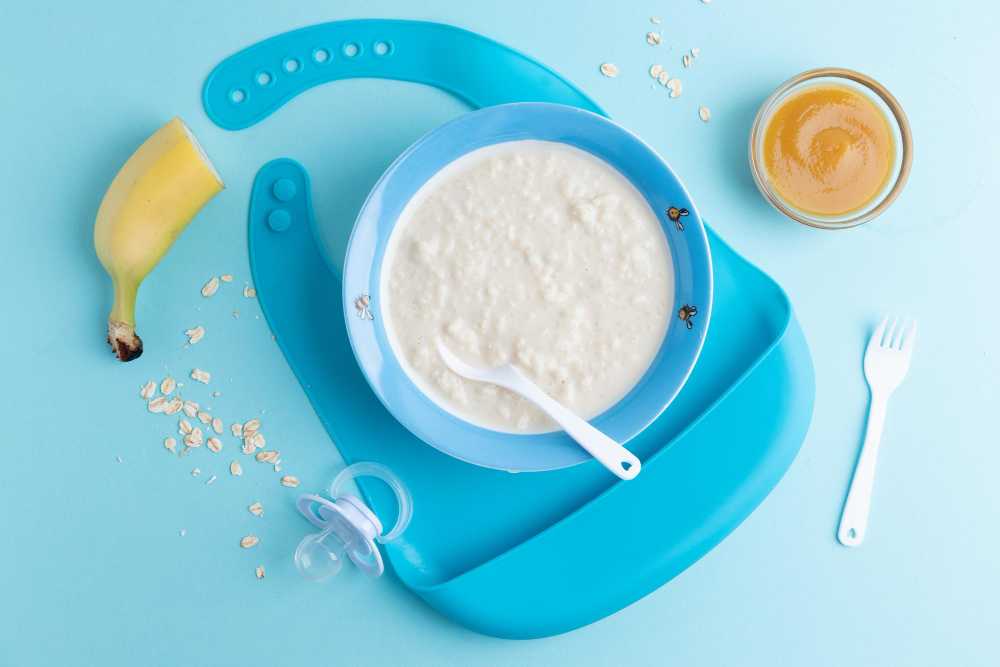Mold on Baby Clothes: Causes, Dangers, and Prevention
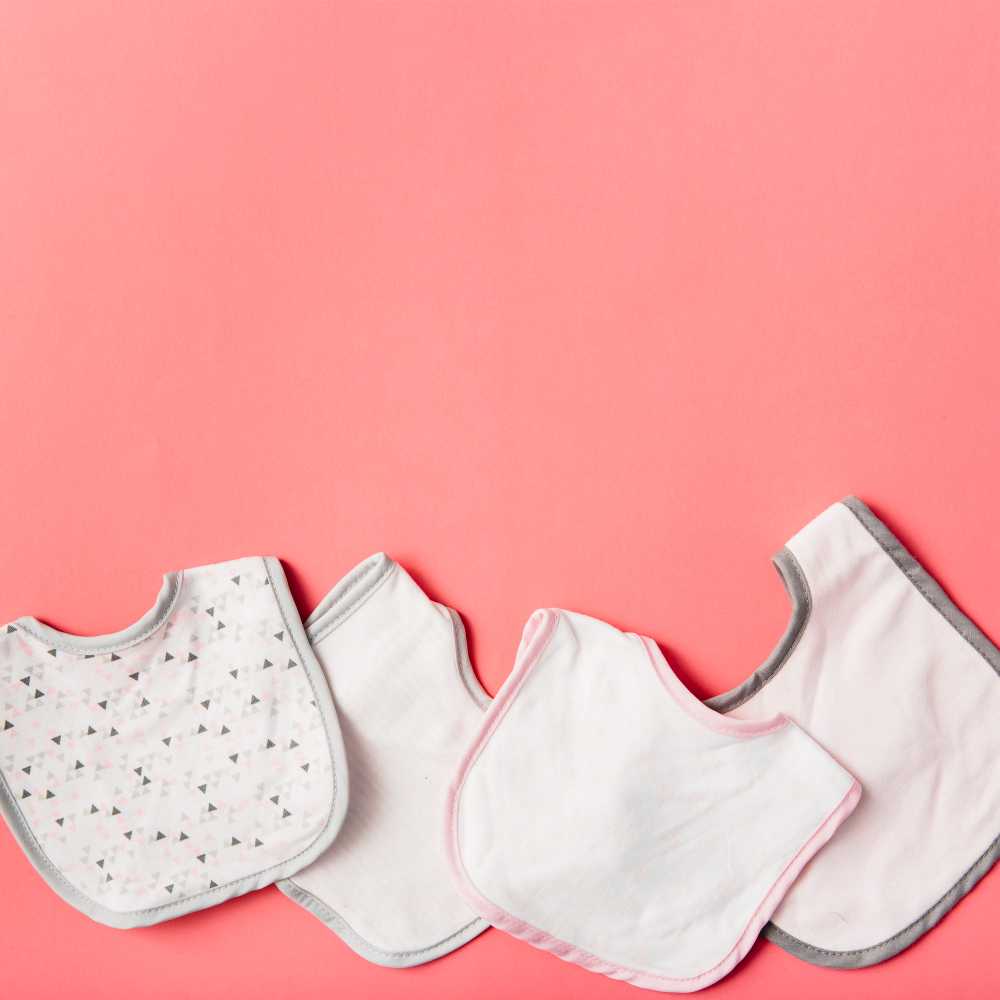
Baby bibs are essential accessories for parents with infants. They keep the little ones clean during mealtime and help save countless outfits from unsightly food stains. However, one hidden threat that can compromise the hygiene of baby bibs is mold. Since mold on baby clothes can adversely affect a baby’s health, it is a concern every parent should be aware of.
To ensure you keep your toddler safe, below is everything you need to know about mold on baby bibs, including the causes, the potential dangers it poses, and effective prevention strategies:
Can Mold Grow On Baby Clothes?
Mold is typically a fungus that thrives in damp and humid areas. Baby bibs provide a suitable breeding ground for mold when they come into contact with food, saliva, and liquids and are not properly cared for. Here are some common causes of mold on baby bibs:
Moisture and Food Residue
Since mold thrives in moist environments, baby bibs make a prime breeding ground. When moisture, such as spilled liquids or wet food, lingers on a bib, it creates an ideal environment for mold to grow. Food residue left on the bib can also provide nutrients for mold, encouraging its growth.
Improper Cleaning and Drying
When baby bibs are not cleaned and dried properly, the remaining moisture or food residue can contribute to mold growth. Many parents are in a hurry and may not clean the bibs as thoroughly as needed, increasing the risk of mold development. Therefore, ensure you thoroughly clean and dry baby bibs after each use.
Storage in Damp Areas
Where you keep your baby’s bibs can also influence the likelihood of mold growth. Bibs left in damp or poorly ventilated areas, such as a dark closet or a humid basement, are more susceptible to mold infestations. It’s essential to choose a suitable storage location for bibs to prevent this issue.
The Dangers of Mold on Baby Bibs
Mold on baby bibs is not just a cosmetic issue; it can have adverse health effects, particularly for infants with developing immune systems. Here are some potential health implications of mold on baby bibs:
1. Respiratory Problems
Babies are likely to develop respiratory issues, such as coughing, sneezing, congestion, and, in severe cases, asthma attacks, when exposed to mold spores, even in small quantities. That’s mainly because your baby can inhale the mold spores released from contaminated bibs, leading to these health problems.
2. Allergic Reactions
Mold on bibs can also trigger allergic reactions, such as skin rashes, itching, and redness, making your baby uncomfortable. The risk of experiencing such allergic reactions is higher, especially for toddlers sensitive to mold spores.
3. Infections
Mold on bibs, in some cases, can produce mycotoxins, which can be harmful when ingested. Thus, if your toddler unknowingly eats mold from a contaminated bib, they may experience gastrointestinal issues, such as nausea, vomiting, and diarrhea.
4. Skin Irritations
Since toddlers have sensitive skin, when mold on baby bibs comes into direct contact with your baby’s skin, it can cause skin irritations, rashes, and discomfort.
Preventing Mold on Baby Bibs
Now that we understand the causes and dangers of mold on baby bibs, let’s explore effective prevention strategies to keep your baby safe and your bibs mold-free:
1. Proper Cleaning
After each use, thoroughly clean the bib with warm, soapy water, paying close attention to any food residue. Use a gentle, baby-friendly detergent to ensure that no harsh chemicals are remaining on the bib. Rinse it thoroughly to remove all soap residue.
2. Regular Inspection
Regularly inspect your baby’s bibs for any signs of mold. Even if the bib appears clean on the surface, mold can hide in crevices or seams. Look for discolored spots, an unpleasant musty odor, or any fuzzy patches, as these are signs of mold growth.
3. Proper Drying
Ensuring your baby’s bibs are completely dry before storing them is another proven way to prevent mold growth. To ensure your baby bibs dry thoroughly, consider hanging them in a well-ventilated area or using a clothesline. Mold thrives in damp environments, so drying bibs promptly is crucial.
4. Sunlight Exposure
Sunlight is a natural enemy of mold. Whenever possible, let your baby’s bibs dry in the sun. The ultraviolet rays will help kill mold spores and prevent their growth.
5. Store Bibs Properly
Besides ensuring your baby bibs are completely dry, consider choosing an appropriate storage location. Do not keep bibs in damp basements and closets with high humidity levels. Instead, look for a dry and properly ventilated area where moisture is less likely to build up.
6. Use Waterproof Bibs
Consider using waterproof or silicone bibs, which are less susceptible to moisture absorption. These bibs are easier to clean and less likely to foster mold growth.
7. Rotate Bibs
To prevent any single bib from staying moist for extended periods, rotate your baby’s bibs. This ensures that they have ample time to dry out completely between uses.
8. Regular Replacement
Baby bibs are relatively inexpensive, so consider replacing them if you notice persistent mold growth that cannot be cleaned effectively. This is especially important for bibs with fabric that tends to trap moisture and mold.
9. Clean the Feeding Area
The feeding area itself can also cause mold on baby bibs. Ensure that the high chair or wherever your baby eats is kept clean and dry to prevent mold spores from spreading.
How to Get Rid of Black Mold on Baby Clothes
Getting rid of black mold on baby bibs is essential for your child’s health and safety. Here’s a step-by-step guide on how to do it effectively:
- Safety Precautions: Before you begin, ensure your safety. Wear gloves, a mask, and eye protection to avoid inhaling mold spores or having direct contact with them. Separate the baby clothes with black mold from other garments to prevent cross-contamination.
- Brush off Excess Mold: Use a soft-bristle brush to gently remove loose mold from the clothing. Do this outside to prevent mold spores from spreading indoors.
- Pre-Treat Stains: Apply a stain remover or a mixture of equal parts white vinegar and water to the affected areas. Allow it to sit for 15-30 minutes.
- Wash with Hot Water: Wash the affected clothes in hot water with a mild detergent. Use the hottest water temperature suitable for the fabric. Hot water helps kill mold spores and removes stains.
- Add White Vinegar: Add half a cup of white vinegar to the washing machine during the rinse cycle. Vinegar is an effective natural mold killer and can help remove any remaining spores.
- Dry in Sunlight: Sunlight is a natural mold inhibitor. Hang the clothes outside to dry in direct sunlight. UV rays can help kill any remaining mold spores and remove stains.
Consider using a commercial mold-killing laundry additive if the mold persists. Follow the product’s instructions carefully. If the mold problem is severe, or if you’re dealing with valuable or sentimental clothing, it might be best to consult a professional cleaner who specializes in mold removal.
Conclusion
Mold on baby bibs is a concern that should not be underestimated. It can lead to a range of health problems, from respiratory issues to allergies and infections. However, by understanding the causes of mold on baby bibs and implementing effective prevention strategies, you can ensure that your child’s mealtime accessories remain clean and safe. Regular cleaning, proper drying, and careful storage are essential practices to keep mold at bay and protect your baby’s health. Remember that prevention is always better than dealing with the consequences of mold-infested baby bibs.
